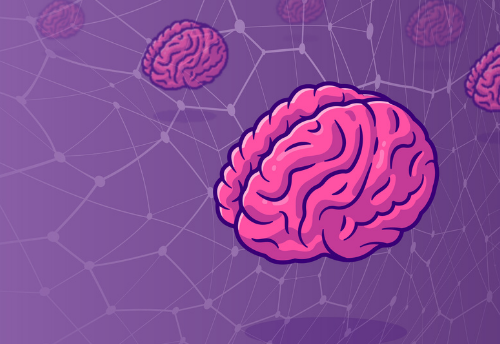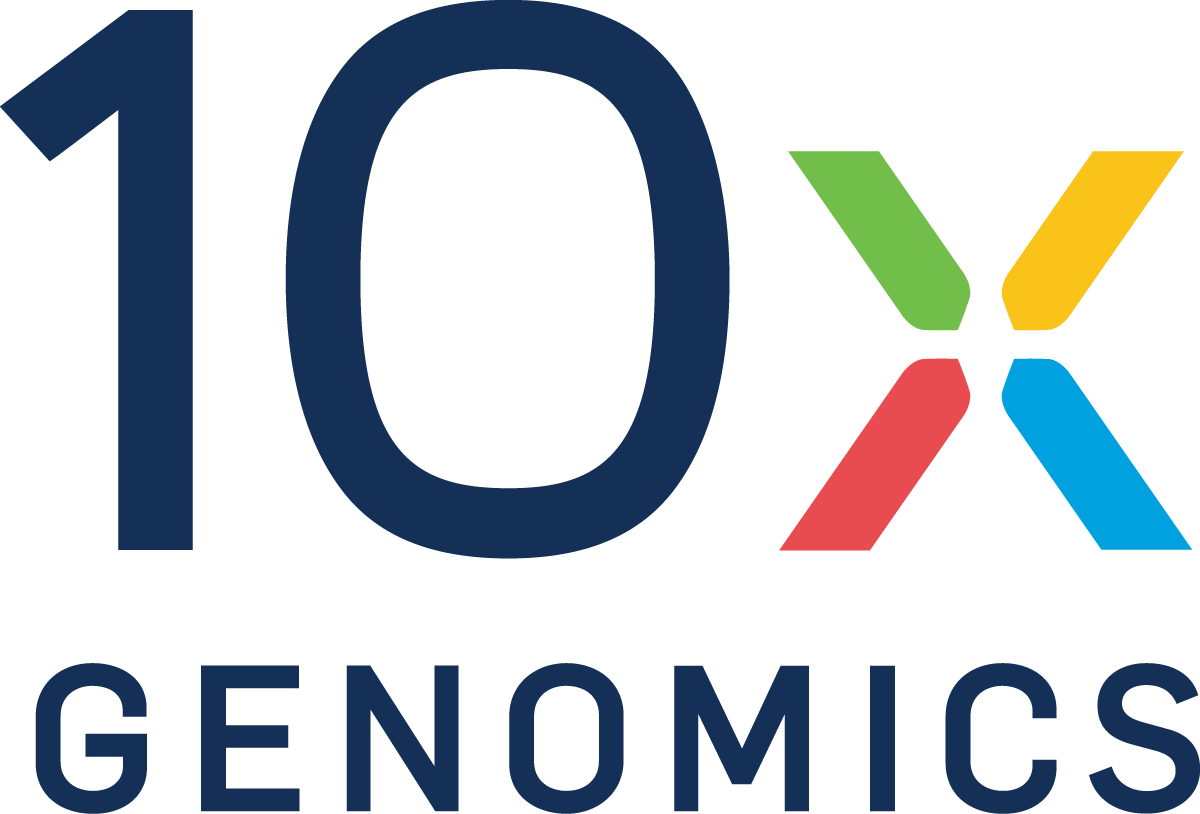A human brain vascular atlas reveals diverse cell mediators of Alzheimer’s disease risk

The brain vasculature forms a specialized structure, the blood–brain barrier (BBB). The BBB acts as the blood–brain interface that mediates selective movement of molecules between the blood and the brain. The BBB plays a critical role in brain health, but also poses a challenge for pharmacological treatments of neurological conditions. While genetic studies – including single-cell analysis – have revealed a great deal about cellular heterogeneity in the healthy brain and cellular contributions to neurological disease, gaps remain in our understanding of the brain vasculature and no molecular atlas of the human brain vasculature exists.
In this presentation, Dr Yang will describe the development of a novel technique, Vessel Isolation and Nuclei Extraction for Sequencing (VINE-seq), which allowed him and colleagues to profile the major human brain vascular and perivascular cell types through 143,793 single-nucleus transcriptomes from control and Alzheimer’s disease (AD) patients. He’ll go on to describe their findings, which reveal the molecular basis of human brain vasculature.
What will you learn?
- Learn about VINE-seq, a novel technique for vessel isolation and nuclei extraction for single-cell sequencing
- Learn to describe the principles of human arteriovenous organization
- Hear about species-specific differences in the brain vasculature
- Learn about key AD GWAS genes and their role in vascular function
Who may this interest?
- Scientists interested in BBB biology
- Translational scientists focused on central nervous system (CNS) drug delivery
- Neurodegenerative-disease researchers who want to learn the role of brain vasculature in AD pathophysiology
- Those who want to learn more about brain vasculature and its role in CNS health and disease
Speaker

Andrew Yang, PhD
Postdoctoral Research Fellow, neurology and neurological sciences
Stanford University
Andrew is a bioengineering PhD student developing chemical and genetic tools to study blood–brain barrier changes in aging and Alzheimer’s disease.
This webinar was recorded on 29th September 2021
